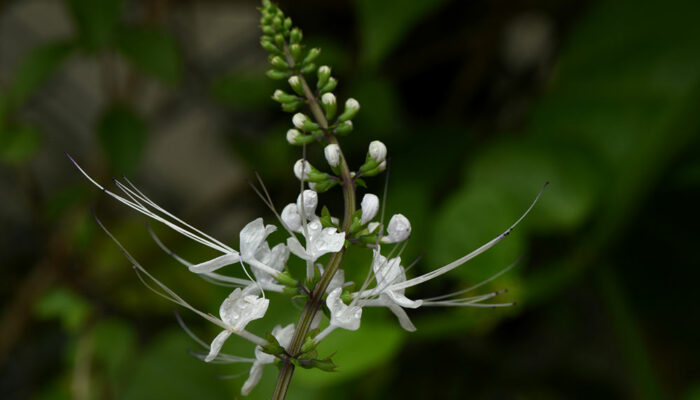
5 Types of Leukemia and the Associated Symptoms
Leukemia is cancer that affects the White Blood Cells (WBCs). An exponential increase in abnormal WBCs causes crowding, impacting the functioning of Red Blood Cells (RBCs) and platelets and causing impaired immunity, anemia, and clotting problems. Common risk factors of leukemia are smoking, a family history of the disease, genetic disorders like Down’s syndrome or blood disorders like myelodysplastic syndrome, and exposure to radiation. There are different types of leukemia, and each has distinct symptoms.
1. Acute Lymphocytic Leukemia (ALL)
ALL is a severe form of cancer that progresses rapidly as the mutant cells multiply quickly. ALL is known to affect the B Lymphatic cells more than the T cells, and dysfunctional RBCs replace functional ones, causing a host of disruptions in the body. Flu-like symptoms, including fever, paleness, fatigue, body aches, vomiting, and loss of appetite, are the first to occur. Patients may later experience bleeding gums, easy bruising, purple skin, abdominal pain, nose bleeds, weight loss, shortness of breath, and frequent infections. In the advanced stages, ALL causes constant sickness, seizures, fits, and impaired vision.
2. Acute myeloid leukemia
Acute myeloid leukemia is a fast-growing form of blood cancer that affects both the blood and bone marrow. In this condition, the precursors to WBCs are affected, impairing the immune system. The symptoms can be divided into three groups: caused by the increased number of WBCs, caused by decreasing numbers of RBCs, and caused by a reduction in platelet count.
A decreased RBC count leads to tiredness, shivering, weakness, dizziness, pale skin, and shortness of breath. Fewer WBCs cause frequent infections as immunity weakens, and lower platelet count results in bleeding problems and skin discoloration.
3. Chronic Lymphocytic Leukemia (CLL)
CLL is a slow form of cancer that typically affects people over 60 and is seldom seen in those below 40. It alters the bone marrow, resulting in surplus defective lymphocytes, but slow progression makes diagnosis difficult in the initial stages. The symptoms of this type of leukemia include anemia; fever; night sweats; swelling in the neck, armpits, and groin; discomfort in the stomach; and weight loss. Like in other forms of Leukemia, bleeding through the nose and gums and easy bruising are also common.
4. Chronic Myeloid Leukemia (CML)
CML is another slow-progressing cancer, but it is common only in people over 65. Immature WBCs flood the blood vessels and weaken the immune system in this condition. The symptoms include tiredness, night sweats, pale skin, tenderness in the stomach, loss of appetite, bone pain, and unexplained weight loss. Although chronic, this disease can become acute at any time.
5. Hairy Cell Leukemia (HCL)
HCL is an aberrant subtype of CLL. It triggers the bone marrow to produce excessive B lymphocytes. These faulty cells have an abnormal appearance with fine fragments on the surface. This type of leukemia is prevalent in middle-aged men, and the symptoms include weakness, pain, swelling below the ribs, recurrent infections, swollen nodes, and lumps in the neck, stomach, or groin.



